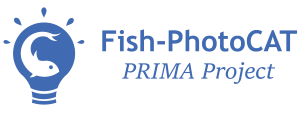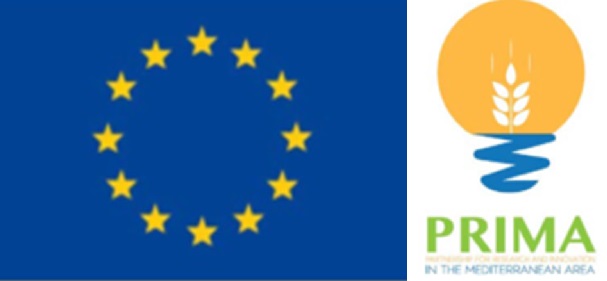Wastewater treatment methods have been developed for both conventional and low-input farming methods. Photocatalytic degradation via titanium dioxide is a promising one-step method for removing nitrogen compounds from treated water without harmful effects on the environment.
The innovative purification system is expected to promote not only better environmental and farming conditions, mainly due to integrated strategies to reduce environmental impact and optimizing water reuse by adopting an innovative filtering system based on TiO2 photocatalysis, but also additional economic benefits for the aquaculture sector thanks to the diversification of production and the exploitation of biomass. The formation of photogenerated holes played an important role in TAN direct conversion. Moreover, it was discovered that nearly half of the TAN can be changed to gaseous nitrogen (N 2). None of the nitrite (NO 2) accumulated during the TAN oxidation process. So, the nitrate (NO 3) formation would be accompanied by the N 2 formation. It represents less toxic conditions for fish, and regarding gaseous nitrogen it is 80% of the gas in our atmosphere.
The Fish-photoCAT project aims to lead environmental sustainability in aquaculture recirculating systems through the application of this technology.

